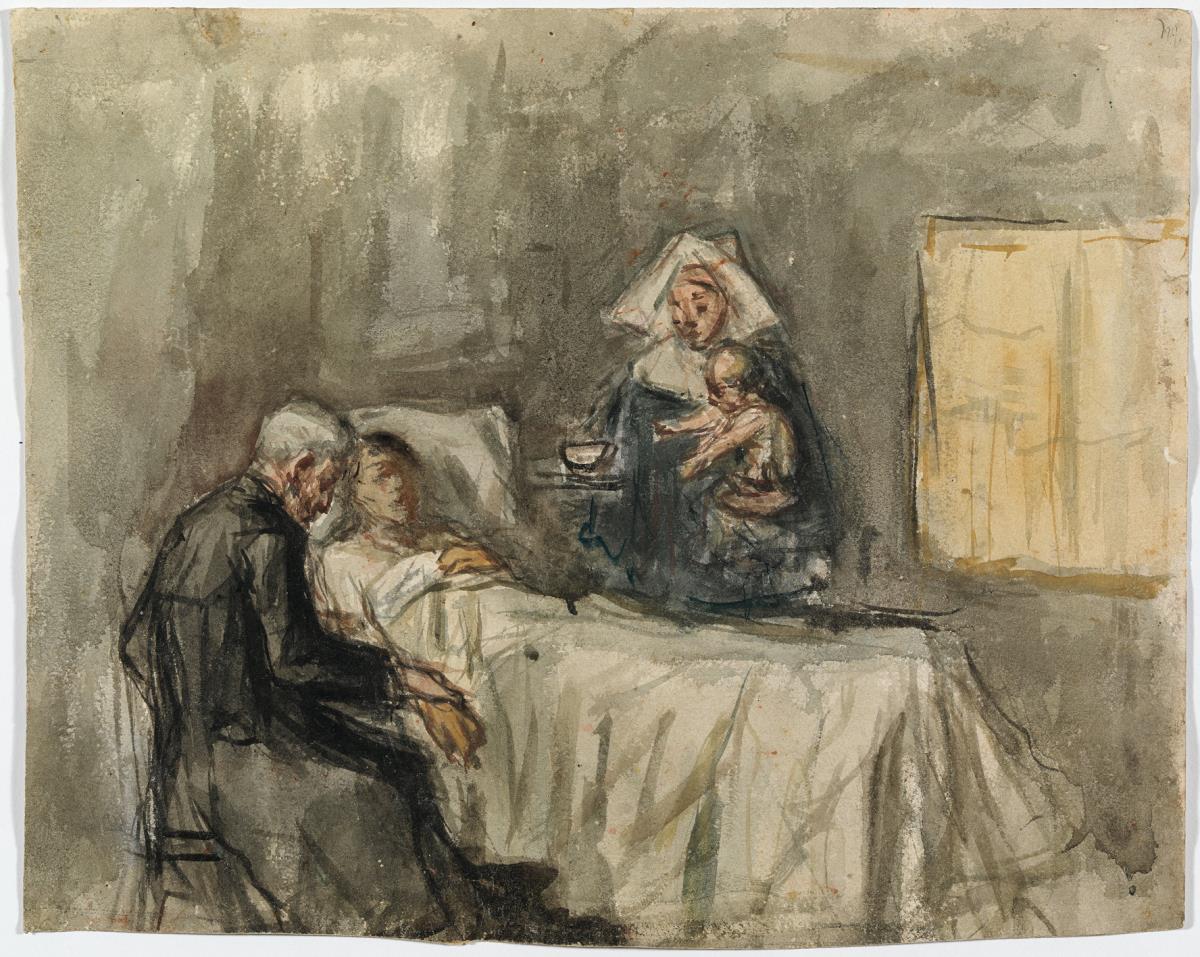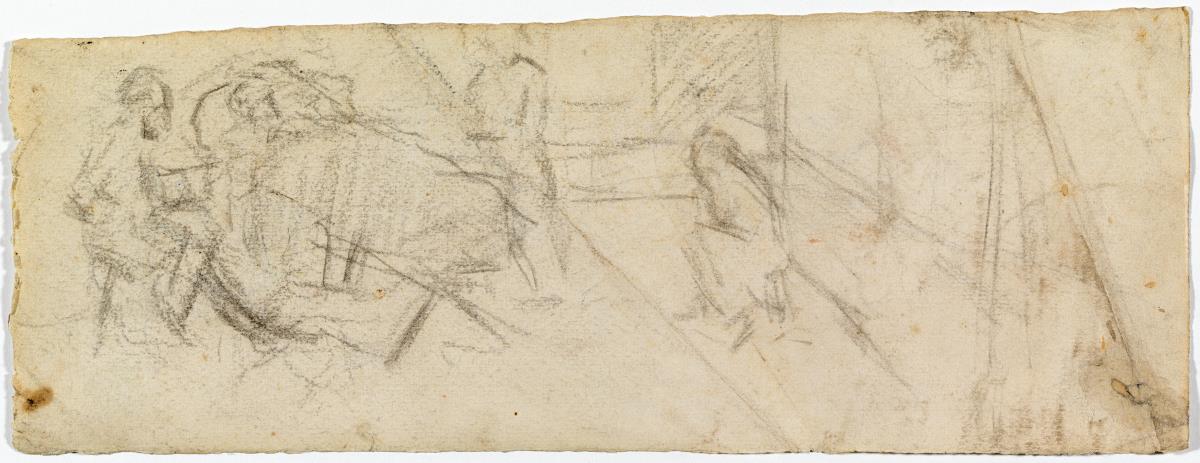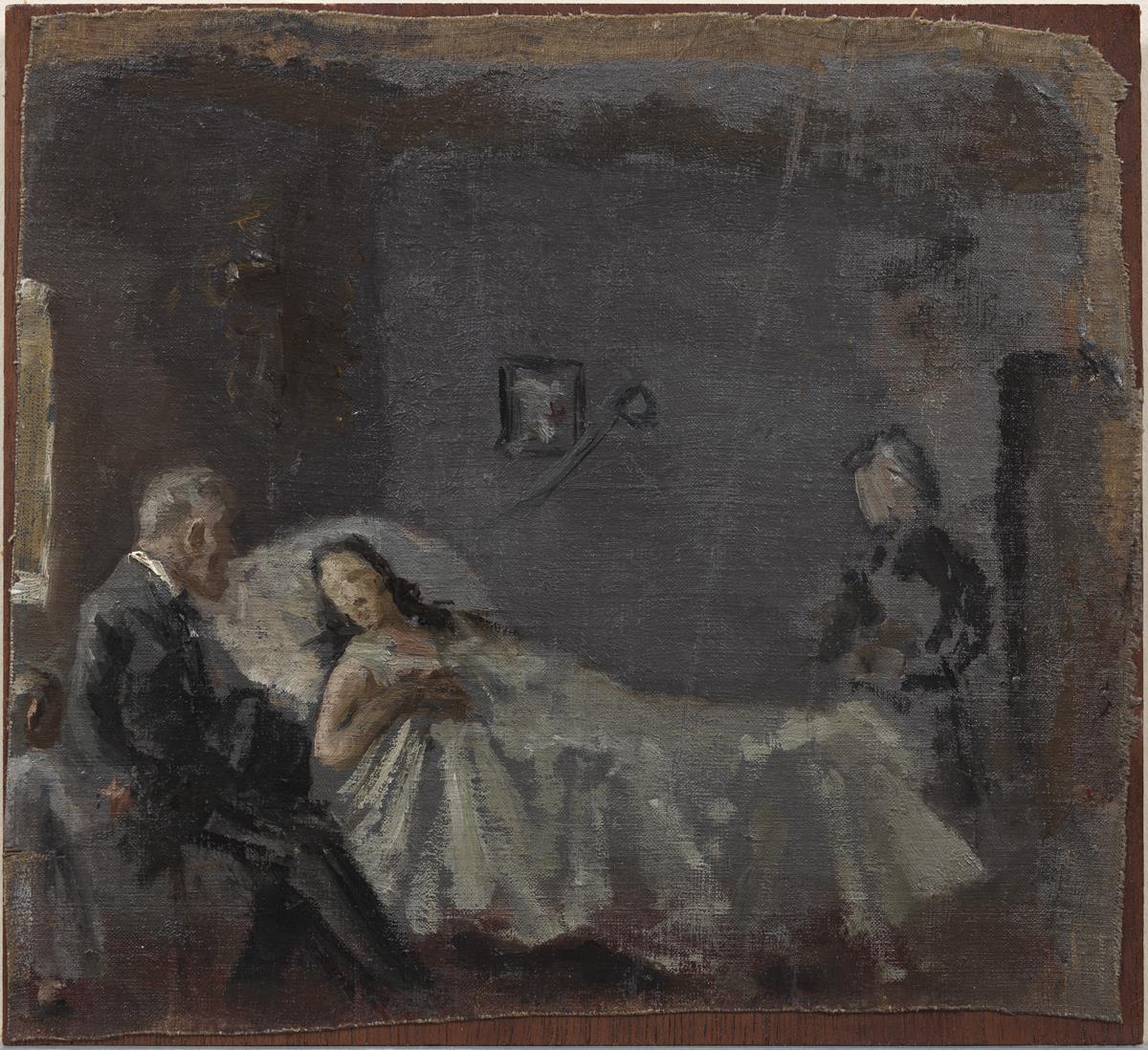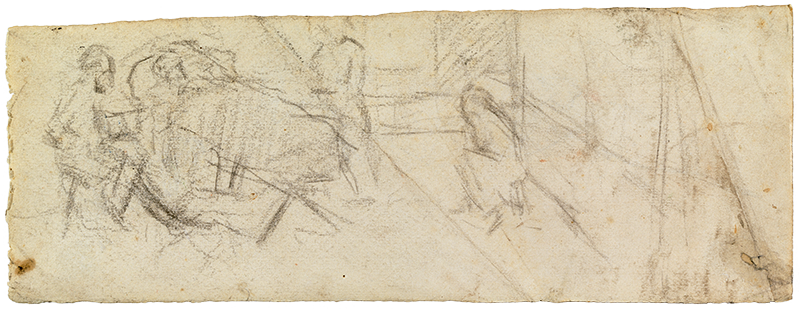Science and Charity
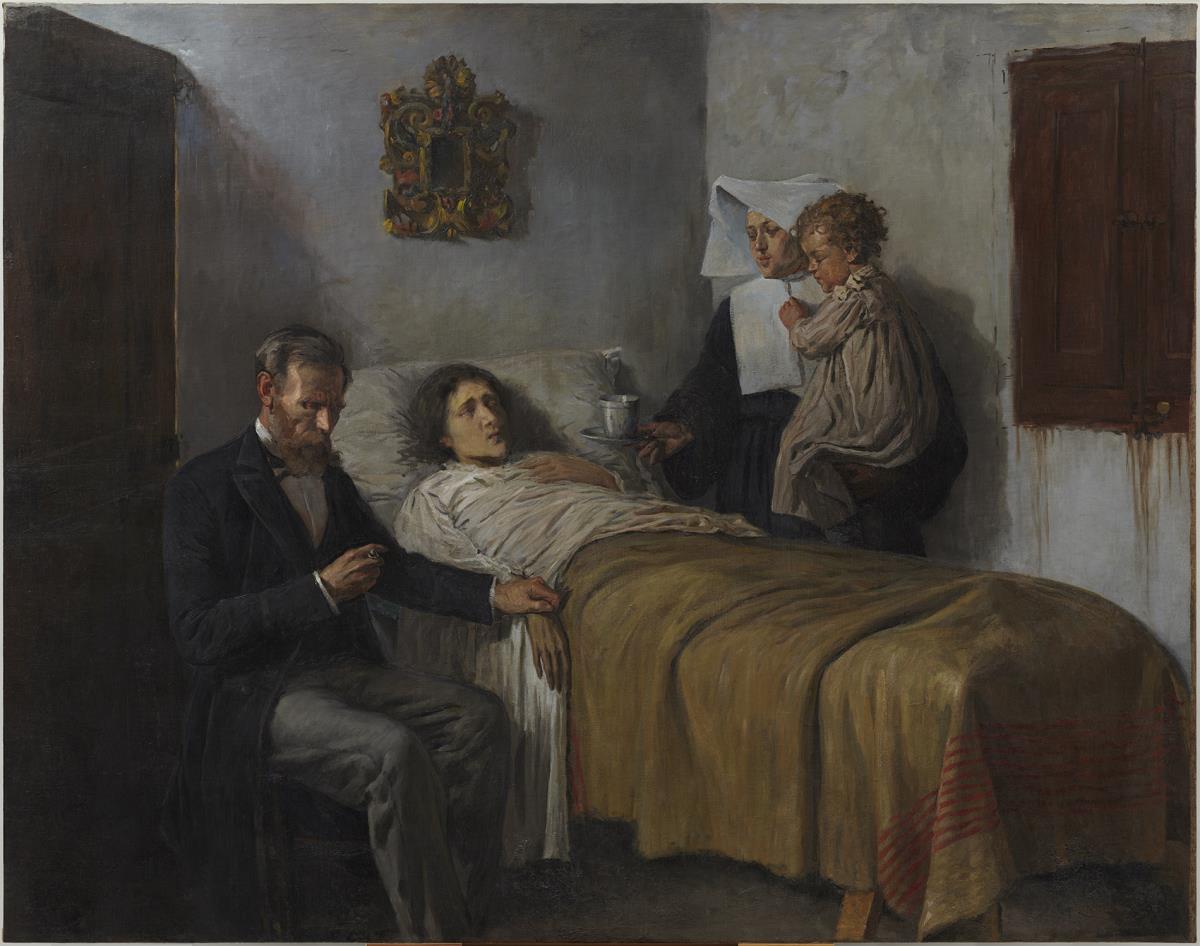
Science and Charity
Science and Charity
Early in 1897 Picasso began working on the large-scale canvas entitled "Science and Charity" in an attempt to strengthen his position in the Spanish art world. Following the principles of Social Realism in vogue in the late nineteenth century, this work brings his first period of works to a close. The canvas was presented at the General Fine Arts Exposition held in Madrid that same year, where it was awarded one of the one hundred and twenty-five Honourable Mentions.
The motif was deliberately chosen by José Ruiz, the artist’s father, who preferred to take no risks and decided on a subject that would please juries: modern medicine, symbolised by the doctor, and welfare, represented by the nun. Following his father’s advice, the work bears a number of resemblances, both as regards composition and theme, with paintings of clinical subjects produced by artists acclaimed by the official salons. As well as deciding the subject matter, José Ruiz posed for the main figure and even rented a studio on Carrer de la Plata, halfway between the family home on Carrer de la Mercè and La Llotja art school, where Picasso could concentrate on the painting in peace and quiet.
Seeking to portray the realism of this ambitious scene, Picasso adhered to the precepts and technique of academicism, although the authenticity of the atmosphere was contradicted by the artificiality of the décor and the strained posture of the characters. A group of small sketches (the museum has six of the nine that are known) highlights the compositional differences and the difficulties faced by the young artist, who corrected the positions and gestures of the figures to achieve the desired effect as he applied the oil paint to the canvas directly, without resorting to preliminary drawing. Nonetheless, the face of the doctor, painted alla prima, reveals a refined technique and psychological insight, learnt and perfected in the numerous portraits Picasso painted of his father.
In spite of its dramatism, the work has a few critical details that dissociate it from the preciseness of Social Realism. The large brown drops that stain the wall beneath the closed shutters prove more eloquent than the fictitious décor when it comes to evoking poverty. Furthermore, the Baroque setting that replaces the crucifix of the first preparatory sketches and also appears in "The Altar Boy" (Museu de Montserrat, Barcelona) forms a sharp contrast with the austerity of the room.
Located in
CP Sala 03197.5 cm x 250 cm
Gift of Pablo Picasso, 1970
MPB 110.046



